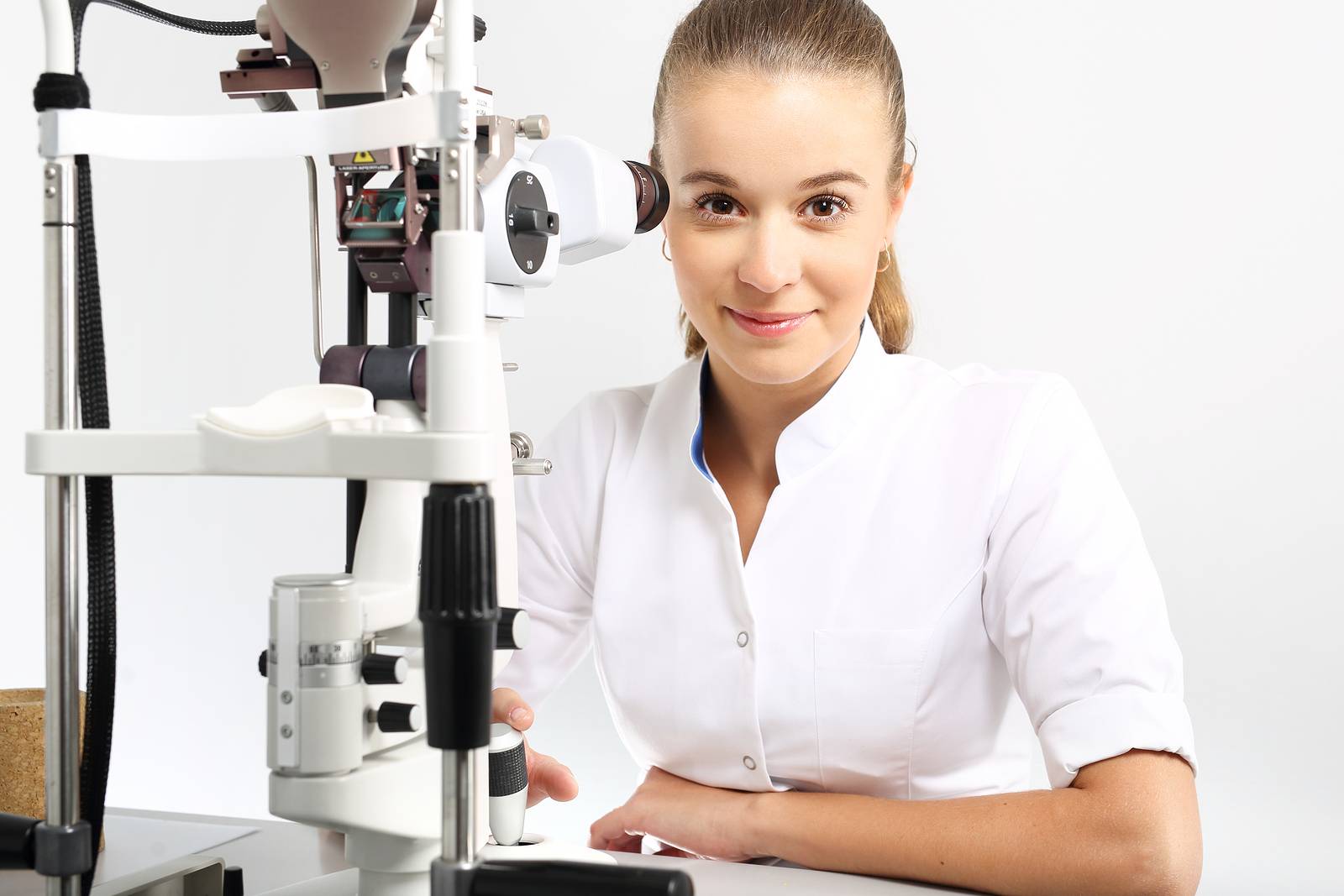The smart Trick of Eye Checks That Nobody is Talking About
Table of ContentsConjunctivitis Fundamentals ExplainedThe Best Guide To Adult & Paediatric Eye Surgery4 Easy Facts About Paediatric Ophthalmology ShownThe Best Strategy To Use For Comprehensive Ophthalmology
Eye doctors are medical physicians that focus on the medical diagnosis and also treatment of eye and also vision troubles. What is the distinction between an eye doctor as well as an eye doctor, after that? What about opticians? These three sorts of eye care specialists have instead similar-sounding names and overlapping task summaries. It can be perplexing at initial look.They can not give eye examinations, create prescriptions, or identify or treat eye problems. can analyze your eyes, test your vision, suggest glasses or get in touches with, and detect as well as treat many eye conditions and illness. They are not clinical doctors or cosmetic surgeons but can prescribe certain eye-related drugs (https://zipzapt.com/author/drcrlinecatt/). likewise supply eye exams, vision testing, as well as prescriptions for glasses or call lenses.

Eye doctors diagnose and also treat injuries, infections, diseases, and disorders of the eye. Therapies can include medication taken orally (by mouth) or topically (in the eye), surgical procedure, cryotherapy (freeze therapy), as well as radiation treatment (chemical treatment). Eye doctors attend clinical college then receive a number of years of specialized training in the medical as well as medical treatment of the eye.
Getting My Paediatric Ophthalmology To Work
As they are the only doctor who can treat all eye conditions, ophthalmologists see a variety of eye problems, including: Exactly how often should you have an eye examination? What are signs and symptoms that indicate you may have an eye issue that requires to be examined by an optometrist? The American Academy of Ophthalmology advises: As youngsters's eyes are expanding and also altering swiftly, they must receive a vision testing.
Adults who have healthy eyes and also superb vision need to have 4 thorough eye examinations: one in their 20s, two in their 30s, and one at age 40. These appointments might enable the eye doctor to capture an eye condition or vision adjustments early. By the time you notice symptoms, you may currently have some vision loss (EMERGENCY EYE PROBLEMS).

People who are at a higher danger of eye condition may require to obtain an eye examination more frequently. This can include people with diabetes, hypertension, or a family members background of eye problems - ADULT CATARACT. After age 65, your eyes need to be inspected every one to 2 years. No matter of age, people who use contacts should have a total eye test every year.
Your sight depends on seeing the right eye doctor at the right time. When it's time to "obtain your eyes examined," make sure you are seeing the best eye care specialist for your requirements.
Top Guidelines Of Conjunctivitis

is a clinical or osteopathic physician that concentrates on eye and also vision treatment. Eye Learn More doctors differ from eye doctors and lens in their levels of training and also in what they can detect and also treat (http://known.schwenzel.de/2015/hatte-gerade-einen-5-minuten-tinnitus-hrte-sich-exakt-an-wie). As a medical physician who has actually completed university as well as at least 8 years of added clinical training, an ophthalmologist is accredited to practice medication and surgery.
Many ophthalmologists are additionally associated with clinical research on the causes and treatments for eye diseases as well as vision conditions. SUBSPECIALISTS: EXTRA EXPERTISE AND ALSO TRAINING FOR DETAILS EYE NEEDS While ophthalmologists are trained to care for all eye issues and also conditions, some Eye M.D.s focus on a details area of clinical or medical eye care.
He or she generally finishes a couple of years of additional, much more comprehensive training called a fellowship in one of the primary subspecialty areas such as glaucoma, retina, cornea, pediatrics, neurology and plastic surgical procedure, as well as others. This added training and also understanding prepares an eye doctor look after more facility or specific conditions in specific areas of the eye or in particular teams of patients.
An eye doctor is not a medical physician. An optometrist receives a doctor of optometry (OD) degree after finishing 4 years of optometry institution, come before by 3 years or more years of university. They are licensed to practice optometry, which primarily includes carrying out eye examinations as well as vision examinations, recommending and dispensing rehabilitative lenses, finding certain eye problems, and prescribing medications for certain eye diseases.
The Ultimate Guide To Adult & Paediatric Eye Surgery
They make use of prescriptions provided by eye doctors or eye doctors, yet do not examine vision or create prescriptions for aesthetic adjustment (https://penzu.com/p/64f093cf). Opticians are not allowed to diagnose or deal with eye diseases. EYE EXAM.
Having a member of the family with eye illness can make you much more prone to having that condition as well. Sight-stealing eye illness can show up at any time. Really typically they are unnoticeable at very first and are tough to detect. That's why it is so crucial to see an eye doctor for a total clinical eye exam by age 40, and after that as typically as suggested by your Eye M.D.
If you have any one of these, make certain to check out an eye doctor. A complete, clinical eye exam by an Eye M.D. could be the very first action toward saving your sight. Protruding of one or both eyes; Dark drape or shroud that blocks your vision; Reduced vision, even if temporary; Diabetes mellitus; Distorted vision; Dual vision; Excess tearing; Eyelid problems; Family history of eye illness; Halos (tinted circle lights); High blood stress; HIV or Help; Injury to the eye; Loss of peripheral (side) vision; Misaligned eyes; New floaters (black "strings" or specks in the vision) and/or flashes of light; Discomfort in the eye; Thyroid disease-related eye troubles (Graves' illness); Uncommon red eye.